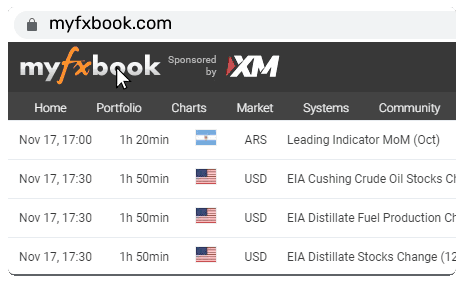The Global Composite PMI Fell to 50.0 in October, Suggesting No Growth…

In October, there was a lacklustre global demand. The global composite PMI declined from 50.5 in September to 50.0 in October, indicating a stagnation in global economic activity. New orders and new export orders in the manufacturing sector continued to show weak demand worldwide. While there is still a divergence between the manufacturing and service sectors, this gap has been narrowing in recent months. The global manufacturing PMI remains in a contractionary state, while the growth rate in the service sector is slowing down.
Europe is still struggling in both manufacturing and services, with PMIs below 50. On the other hand, the United States saw improved manufacturing and services activity in October, especially in terms of domestic demand. Asian economies outperformed Western ones, with India leading the way. However, signs of a slowdown in Asia are starting to emerge, as Mainland China's Caixin manufacturing PMI fell below 50, and rising oil prices are increasing input costs for Asian manufacturers.
Looking ahead, there is no indication of an upturn in global demand. Global trade remains sluggish across regions, and with sufficient inventory levels and weak new export orders, the prospect of a quick output rebound seems unlikely. In fact, future outlook indices moderated for many economies in October, leading many companies to reduce their workforce. While labour market data remain generally strong, the latest set of PMI data may contain early warning signals.
Services PMIs: Slowdown in service surge
Throughout most of 2023, the service sector had displayed greater resilience, but now signs of vulnerability are emerging. However, the situation in the service sector is more varied than what we observe in manufacturing data. The global services PMI dipped to 50.4, down from 50.7, marking the slowest pace in nine months.
Like the manufacturing sector, the eurozone was a significant drag on performance. The eurozone's services PMI fell to 47.8 in October, down from 48.7. Within this region, the German services sector experienced the sharpest decline, with the index dropping by 2.1 points to 48.2. In contrast, France's services PMI indicated a more modest pace of decline in October. Nevertheless, subdued new orders led to a slowdown in both sales and employment during the month.
The situation in the US service sector presents a mixed picture. In October, the S&P Global services PMI inched up by 0.5 points to 50.6. Output expanded, but new orders remained subdued. Despite this, firms-maintained optimism and increased their staffing levels. Enhanced capacity allowed service providers to work through their outstanding business, reducing backlogs of work. Meanwhile, the ISM services, which had been performing better than the S&P metric, moderated in October, decreasing by 1.8 points to 51.8. However, this survey has shown growth in 40 of the last 41 months, with new orders improving for the month, and all twelve industries reporting growth.
Shifting our focus to Asia, the service sector in India and mainland China expanded in October. While India witnessed a deceleration in sales, the services PMI remained comfortably above 50 at 58.4, down from 61.0. Factors like price pressures and competitive conditions contributed to this slowdown. New orders remained robust, driven by international demand, which saw the second-highest increase in the survey's history.
In contrast, mainland China's service sector PMI edged up by 0.2 points to 50.4 in October. Subdued activity levels coincided with a further slowdown in new order growth, the weakest in 2023 so far, despite an improvement in new export business. Consequently, companies were cautious about hiring new staff, and the future outlook index declined to its lowest level since early 2020.
This content may have been written by a third party. ACY makes no representation or warranty and assumes no liability as to the accuracy or completeness of the information provided, nor any loss arising from any investment based on a recommendation, forecast or other information supplied by any third-party. This content is information only, and does not constitute financial, investment or other advice on which you can rely.



















